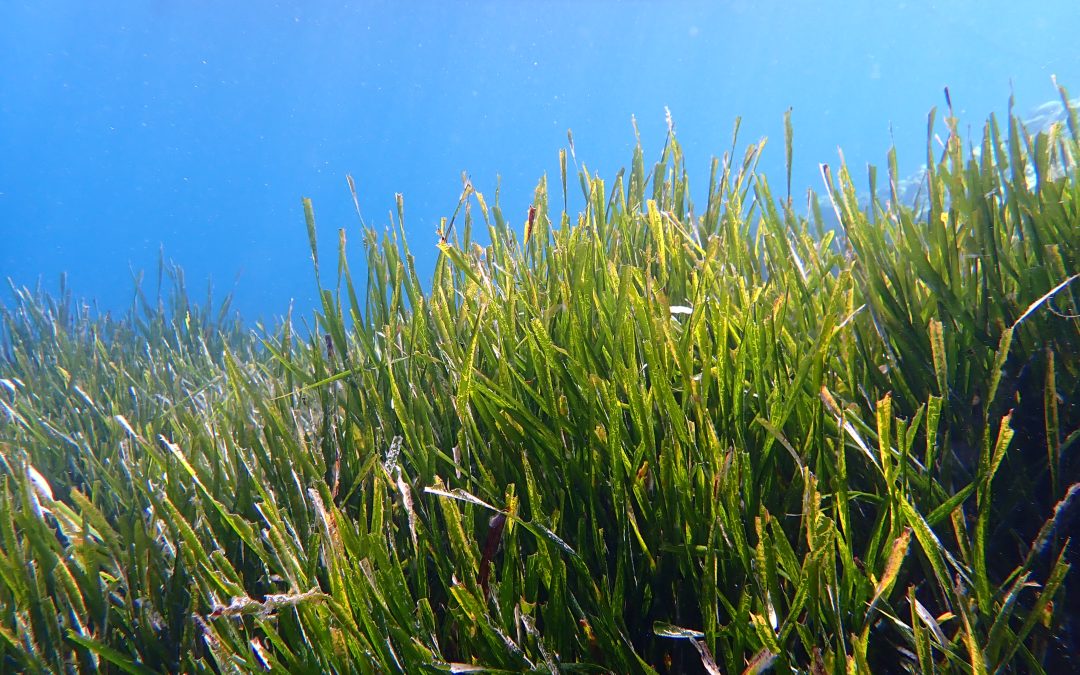If you’ve ever snorkeled along the Costa Brava or sailed through the clear waters of the Mediterranean, you may have seen what looks like large stretches of seaweed on the seabed. But it’s not seaweed. What you were looking at is Posidonia oceanica, a marine plant found only in this sea, crucial for its ecological balance and natural wealth.
These underwater meadows form essential ecosystems that sustain Mediterranean biodiversity: they produce oxygen, stabilize the seabed, and offer food and shelter to fish, mollusks, crustaceans, and many other species. Even when their leaves reach the shore, they continue to serve a purpose by helping prevent beach erosion.
Habitat and Distribution
Posidonia oceanica grows between the surface and 40 meters deep, on sandy or mixed seabeds, in clean, clear, and well-oxygenated waters. In the Costa Brava, meadows have been identified in several coastal areas, including zones near Platja d’Aro. Although it could naturally extend across much more of the seafloor, today its presence in our region is fragmented, into isolated patches due to human pressure and habitat degradation.
Threats: A Silent Regression
Since the 1960s, Posidonia meadows have declined significantly and now cover a much smaller area. The main threats include uncontrolled boat anchoring, marine pollution, and rising sea temperatures caused by climate change. These factors disrupt their balance and hinder regeneration.
Conservation Initiatives
In response, initiatives like the Resilia project are being implemented along the Costa Brava. Led by the NGO Submon, it focuses on the restoration of degraded meadows through planting and scientific monitoring. Posidonia is also legally protected under the EU Habitats Directive (92/43/EEC) and Spain’s Law 41/2010 on Marine Environmental Protection, which prohibit destructive activities like dredging and bottom trawling in areas with Posidonia.
Ecological Mooring Buoys
Conservation also depends on individual choices. One simple and effective measure already in place in some areas is the use of ecological mooring buoys instead of anchoring directly on the seabed. These buoys allow boats to moor without damaging the meadows. Several sensitive zones along the Costa Brava already have them installed.
Posidonia is life. Let’s protect it.
Posidonia oceanica is not just a marine plant — it’s a health indicator for the Mediterranean. Its decline is a warning, but its resilience also offers hope. If we act responsibly, there’s still time to preserve it.
Learn, share, and act.

